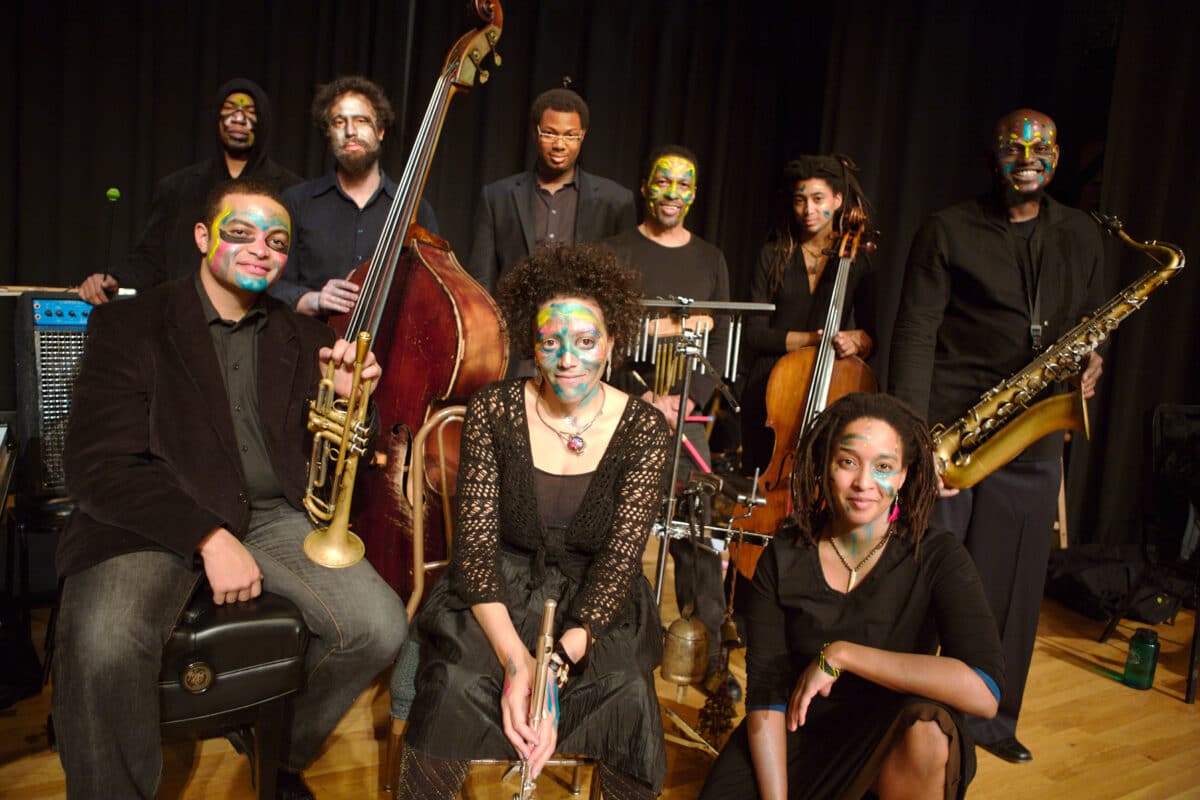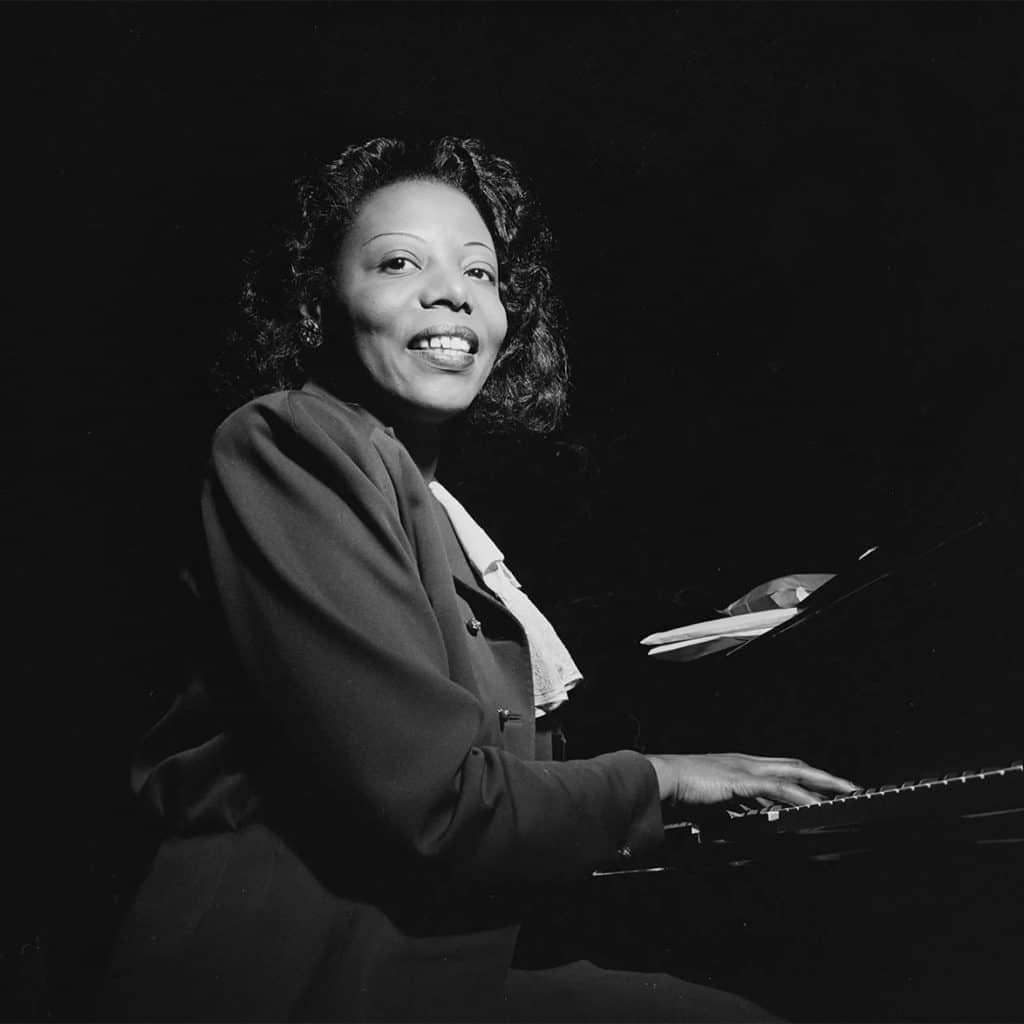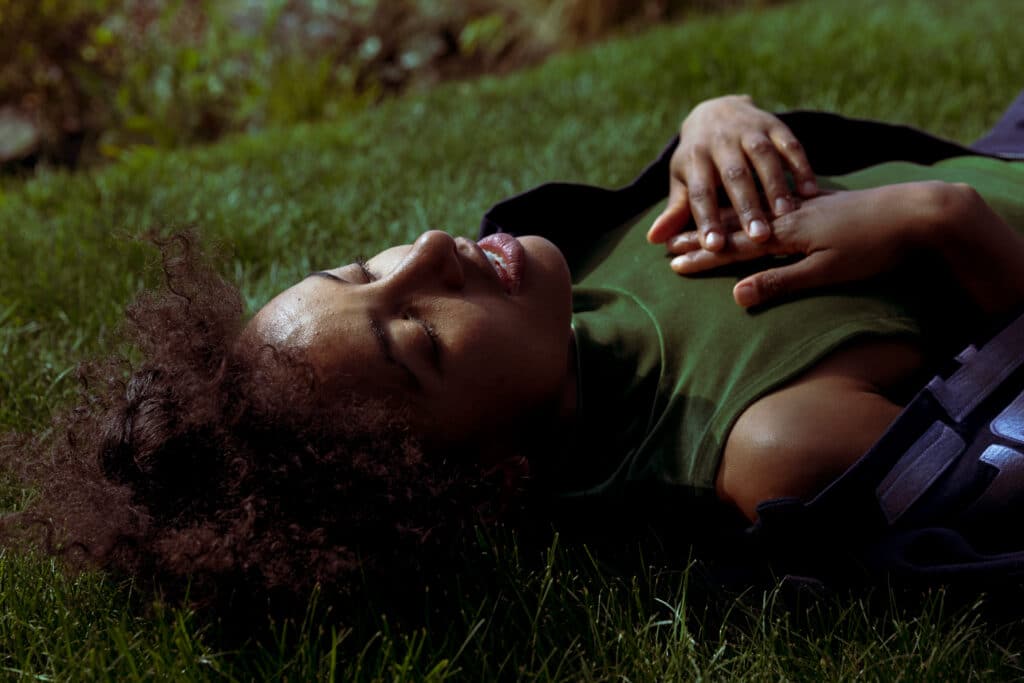Together / Not Together
On diversity, coexistence, and new ways of listening.

We’re riding a storm. The waves knock us down from every direction—hurricanes, earthquakes, fires. Our borders are closed. We’ve been grounded from international flights and cancelled out of notable events. We face childcare needs and complex health concerns. Live performances have been replaced by low-paid Zoom talks and streamed concerts. Money is evaporating. Community spots once full of friends, coffee, and music are now lamented memories. We are afraid that hugging a loved one might kill one of us. And in the midst of natural disasters and COVID-19, there are no words that can describe the pain surrounding the repeated torture and killing of American individuals by police and those heavily armed people thirsty to end a stranger’s life.
We are slowly realizing that everyone’s been breathing and spreading a fatal residue that comprises every action we take, even when we have good intentions. Where’s the fresh air? This virus has seemingly been incubating and wreaking havoc since the 15th century when Spain and Portugal set out to amass new riches for their queens. Perhaps it started in 1492, when immigrants came here and met people that they disregarded, relocated, and killed with no remorse. It certainly grew stronger in 1619, when people were kidnapped from across the sea to be sold into labor camps where they were forced to work for free under whips, guns, and Jesus. Yes, this virus is the cause of hurricanes and fires, and most certainly poisoned the killers of Breonna Taylor and George Floyd and so many more. But we’re also breathing it right now. Many are flooding the streets with renewed passion to drive justice, yet this virus is there, too. It’s in all our hearts, in all our lungs and on the tips of our fingers for each act we make. Many of us are trying to overturn the premise of every empowered institution, looking for its cause. We find it everywhere—in our families, and in every institution, organization, church, and corporation, and yet we can’t touch it. We can’t contain it. We can’t throw it away.
This virus is white supremacy. This virus is us vs. them. This virus incubates within an idea of otherness while it swiftly moves toward justifying the need to minimize the other. Before you know it, your hands and your words are a part of the destroying. Sometimes it’s with the click of a like or an online buy. The other is you. The other is me. The other is, in fact, all of us.
How can music, of all things, heal us from this seemingly inescapable sickness and move us towards a more equitable future?
Music can be an essential worker for our healing, but there are a few activities even more core to our health. If it’s possible, find a window and plant vegetables. Walking outdoors will allow the sun’s rays to nurture you. Breathing is essential, as are deliberate moments off-screen and eating food that isn’t plastic-wrapped. All these things, in addition to smiles, laughter, and gifts, help us love, which is the primary medicine to destabilize this deadly virus. Then, in addition:
If we choose to be imagination practitioners,
we can redesign our minds and
actively co-create our future.
The virus of us vs. them is a mind-made fabrication that keeps the human world spiraling round and round into a repetitive vamp of self-destruction. We keep on doing the same thing over and over and over again. Yet, we in the human family are all vulnerable to the same things and have the same needs.
The human family is one organism,
one being
full of diversity.
A small ensemble can be a microcosm of community, a miniature world. It can be a space to embody alternative futures and joyful interaction. It can be a laboratory for problem solving our social issues. With music projects and ensembles, we can create spaces for freedom and pleasure. We can make music that challenges us and audiences to dream and to question. These activities have been known to weaken the virus of us vs. them.
To counteract the virus of otherness, we can create projects that embody diversity co-existence. Rather than the melting pot concept of the ‘70s, where people were expected to assimilate by reaching for an impossible white standard, diversity coexistence is about people being respected for their differences as they are.

With my flagship liberation vehicle, Black Earth Ensemble (BEE), which celebrates African American contemporary culture, I developed the Mandorla Awakening II project as an alternative healing treatment to weaken the otherness virus. It’s a living sonic experiment of people practicing a musical coexistence, while celebrating cultural diversity and exercising a collaborative (intrinsically less hierarchical) platform of musical and human improvisation. Here, each artist is an ambassador of an authentic musical language and life experience that I celebrate with my compositions. Most of the project’s central players are people that American society labels as others, and in the ensemble, we interact within an expression where Blackness, non-Western culture, gender balance, and gender fluidity are purposely celebrated.
Everyone has their own way of breathing, dancing, seeing, moving, and talking. Each instrument has its own textural qualities. The fingers and breath that play them are completely unique. There is a beauty almost universally appreciated when contrasting elements and bodies come together in a symbolic expression of unity. Coming together illuminates our human understanding of commonalities and connections.
Together/not together is a musical term that I would call a Niki-ism, or something core to my personal compositional aesthetic. I feel a power in hearing two or more instruments moving together in a unison musical phrase perhaps because it symbolically expresses unity, and yet, personally, I don’t like to do the same thing as someone else, and especially if I’m told to. After all, the my way or the highway mindset empowers the virus. Rather, I’m moved by the playfulness of butterflies dancing in similar motion, empathetic to each other, yet in an expression of unique individuality. There is a call and response utilized by most of nature, as if birds say, “I hear you!” by returning a call to another, by adding little embellishments to their answer along the way. And so, together/not together is a way for us as musicians to sing a similar language but without precision, overlapping our voices imperfectly so that each texture and individuality is heard.
The virus of us vs. them strengthens when we become fearful. It takes courage to step into the fire and stand up for what we believe. We empower the destructiveness we see by walking away. Communication takes courage. Music is communication. We can embody courageous communication through developing our ability to listen in uncomfortable sonic settings. When a composition invites two or more smaller musical configurations to merge, it is critical that each musician in each smaller group be strong and focused on their role, in a space where other voices, different from theirs, are also strong. For musicians to focus on their musical task while it rubs uncomfortably against the sounds of the other group provides a model of how we as people can lean into challenging situations, rather than avoid them. For audiences to listen to music that they don’t initially like fosters a sense of discovery.
Compositionally, to embody diversity coexistence is to make space for a multiplicity of narratives, which may not always be harmonious. In the merging of sonic worlds, everyone is not always together in the same groove. We’re together/not together. The beauty of improvisation is that it brings an edge of now, an unpredictable energy that only the present moment and circumstances can bring. Improvisation promises surprise, new discoveries, new colors, and often discomfort. The actions of one smaller group may greatly contrast the actions of another smaller group to create an intended dissonance. Pushing into dissonance with purpose is a musical expression of this concept.
The virus of otherness has been known to make some people tyrannical. A tyrant suffers from hearing loss. When we hear only our own interests and concerns, the virus has reached stage 4. That’s why listening is so core to our cure. In music, listening and active silences are key to the meaningfulness of sounds. In order to support voices other than our own being heard, we can make space with our active silence (or listening) to others. Throughout Mandorla Awakening II, Black Earth Ensemble is in constant flux, shifting constellations from the entire ensemble (eight musicians) to smaller configurations of one, two, or three. Duos in this project facilitate improvisational meetings between disparate voices: taiko (Tatsu Aoki) with electric guitar (Alex Wing), violin (Renee Baker) with electronics (me), cello (Tomeka Reid) with shamisen (Aoki), theremin (Wing) with shakuhachi (Kojiro Umezaki), vocals (avery r young) with percussion (JoVia Armstrong). Because these meetings are improvised, they empower each musician to express themselves with authenticity and unpredictability. The duo space provides a type of storytelling in which the two contrasting musical languages are featured, while on equal ground—one voice is not more important than the other. As performers, the two musicians embody empathetic listening, where the combined silences and expressions of one provides appreciation for the other and vice versa. Smaller group performances in the multi-movement suite also serve as a space for ensemble members not playing at that moment to be patient listeners. As NEA jazz master Roscoe Mitchell says, “Silence is golden. Silence is your friend.”
In situations when someone is sharing their pain,
it’s supportive to listen with empathy rather than minimize another’s experience
in comparison to your own.
I’ve experienced a powerful organizational embodiment of together/not together as a member of the Association for the Advancement of Creative Musicians (AACM). While musician-composers of the AACM music collective are together in sharing overlapping love of Black culture, a key to the success and impact of the organization is that the membership supports being not together in musical aesthetics. The organization’s strength is its members’ support of each individual’s artistic aesthetics and pursuits. Rather than hailing one signature chosen approach in music, the AACM heralds the uniqueness of the individual, while providing support for artistic exploration and experimentation. I believe that one of the greatest achievements of the AACM is in providing tools for liberating minds. There are not many institutions in the world that maintain a social environment designed specifically to encourage members to think creatively. The list of innovations coming from the AACM seems almost infinite. Henry Threadgill developed his own highly sophisticated and soulful compositional form for improvising ensembles. George E. Lewis taught computers how to improvise. Roscoe Mitchell developed new improvisational languages for the saxophone. Mike Reed found new business models for the prosperity of creative music in live venues and festivals. Renee Baker created new approaches to film scoring. Amina Claudine Myers integrated experimental and Black gospel approaches to the Hammond organ. Wadada Leo Smith developed a new system of music notation. Tomeka Reid brought new roles to the cello. Anthony Braxton created new forms to embody democracy and empower musicians with agency.
Assimilation is dead. A new way forward for multiculturalism is a diversity coexistence that commands respect for our differences and authenticity. It’s a different kind of listening—not insisting on the accommodation of others to your viewpoints, but instead emphasizing and understanding that you do not know what others have experienced, and you accept that their narratives and experiences can enrich your life. We need all the alternative medicine we can get to loosen the grip of this virus.



